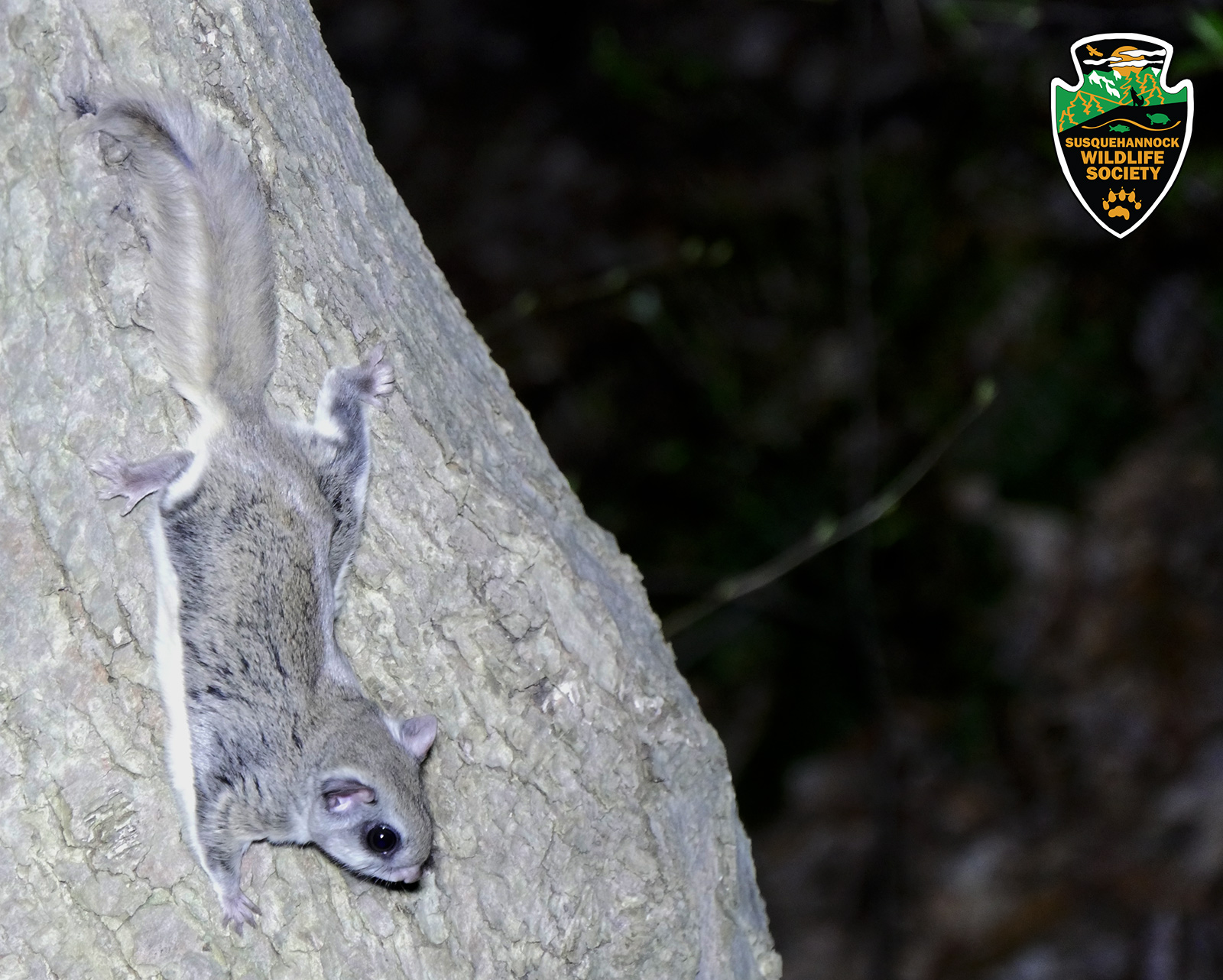
Our results provide the first empirical evidence that artificial hollows carved directly into live trees can produce thermally stable supplementary habitats that could potentially buffer hollow-dependent fauna from weather extremes whereas, poorly insulated plywood nest boxes produce lower-quality thermal environments. Glider log hollows had greater variation in internal temperatures compared to natural hollows and chainsaw hollows, but fluctuated less than glider boxes. In contrast, glider and bat boxes had the opposite pattern of heating and cooling, being slightly cooler than ambient at night and substantially hotter during the day. Chainsaw hollows had thermal profiles that were similar to natural tree hollows: they were consistently warmer than ambient conditions at night, while remaining cooler than ambient during the day. Here, we compare the thermal profiles of natural tree hollows with three types of artificial hollows designed for small marsupial gliders and tree-roosting insectivorous bats: (1) ‘chainsaw hollows’ carved directly into the trunks and branches of live trees, (2) ‘log hollows’, and (3) plywood nest boxes.

The creation of supplementary habitats that effectively mimic the physical and thermal characteristics of natural tree hollows should be a key priority for landscape restoration and biodiversity offset programs. This study provides important evidence that forest structure affects gliding patterns and provides insight on how forest management could influence the gliding locomotion of Siberian flying squirrels. Therefore, the location of tall trees in forests and/or average canopy height might alter glide path routes. This approach might be necessary for efficiency and safety in subsequent glides, because taller trees facilitate long-distance glides and significantly decrease energy costs and landing impact. Thus, flying squirrels use two different gliding behaviours depending on their immediate objective, where inefficient low-ratio glides are used to move to higher trees for continued gliding. Squirrels landed on taller trees using low-ratio glides and tended to depart from them quickly without spending much time there, but used high-ratio glides to land on shorter trees for foraging or nesting. Glide ratio decreased with increasing landing tree height. In this study, we evaluated our hypothesis that low-ratio glides are related to forest structure by measuring glide distance, vertical drops and landing tree heights in Siberian flying squirrels (Pteromys volans), and we also recorded their behaviour in landing trees. Although the cost of gliding locomotion decreases with increasing glide distance per unit vertical drop (glide ratio), gliding mammals often use costly low-ratio glides and seldom exploit maximum-ratio glides. It is widely accepted that the evolution of gliding ability is correlated with forest environments, but differences in gliding locomotion in relation to forest structure remains poorly elucidated in mammals. Tree planting near forest edges may offer a feasible solution to reestablish connectivity and alleviate While flying squirrels are highly agile gliders, gap crossing presents a significant problem moving between forest patches.


From the calculations, it wasĭetermined that squirrels were able to cross the gap from branches that were at least 6 m in height, utilizing a minimum Glide distances wereĬalculated for each angle across a range of potential launch branch heights for the launch tree. Based upon glide ratios from the literature, weĮstimated minimum, average, and maximum glide angles along with corresponding glide distances. Maximize glide distance while minimizing the ground needed to be covered. We identified putative launch and landing trees that would Likely crossed a gap between forest patches via a gliding route. Based on GPS coordinates of the tracked squirrel, we determined that the squirrel most Tracked between two forest patches on the campus of Southern Illinois University Edwardsville (SIUE), named the WesternĬorridor and Sweet William Woods. During a radio-telemetry study in 2018 in southern Illinois, an adult male southern flying squirrel (Glaucomys volans) was


 0 kommentar(er)
0 kommentar(er)
